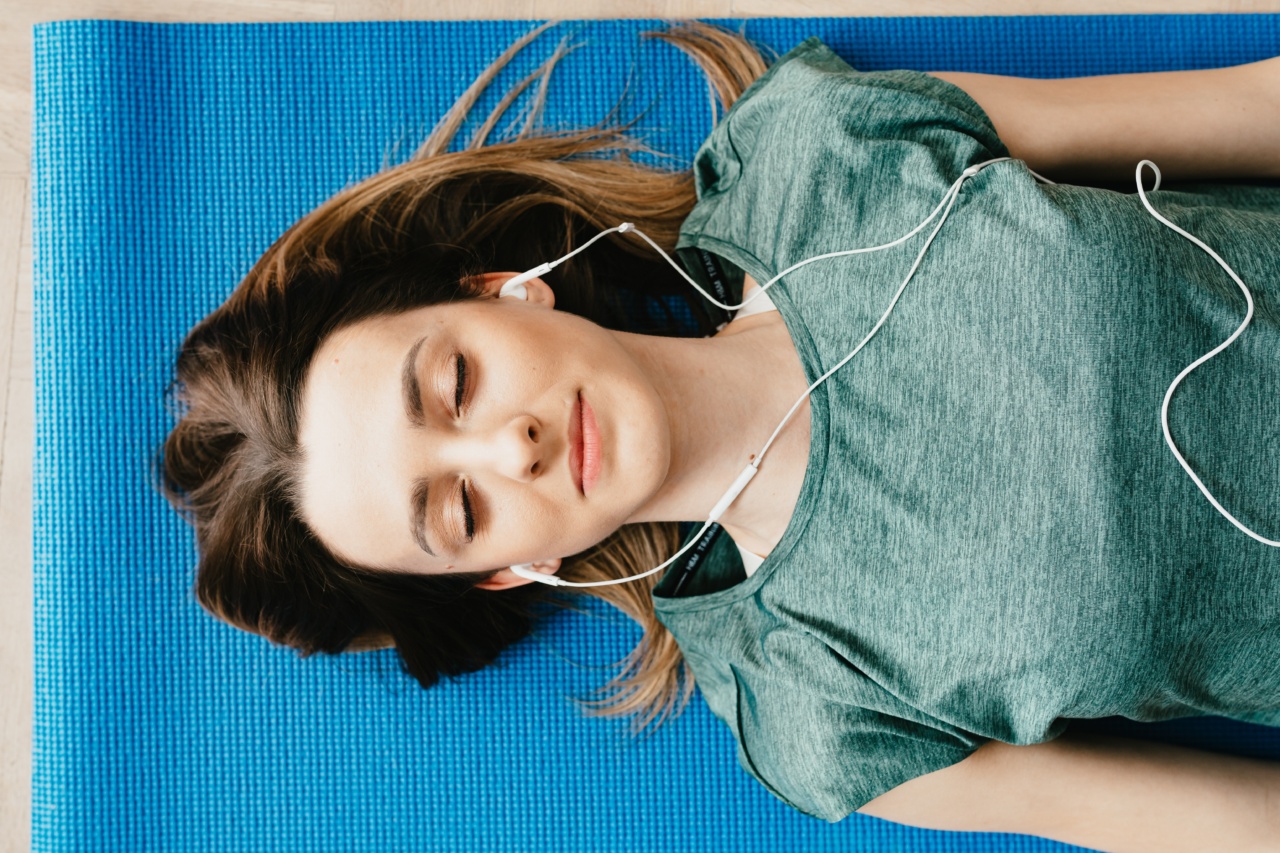Sleep apnea is a common sleep disorder that affects millions of people worldwide. It is characterized by pauses in breathing or shallow breathing during sleep, which can lead to a range of health issues if left untreated.
Fortunately, there are several strategies and lifestyle changes that can help minimize breathing stops and provide relief to those suffering from sleep apnea. In this article, we will explore these remedies and discuss their effectiveness in managing sleep apnea symptoms.
1. Continuous Positive Airway Pressure (CPAP) Therapy
One of the most widely recommended treatments for sleep apnea is continuous positive airway pressure (CPAP) therapy. This involves using a machine that delivers a steady stream of pressurized air through a mask worn over the nose or mouth during sleep.
The pressurized air helps keep the airways open, preventing breathing stops and improving oxygen flow. CPAP therapy has been proven to be highly effective in reducing sleep apnea symptoms and improving quality of sleep.
2. The Role of Weight Management
Weight management is crucial for individuals with sleep apnea, particularly those who are overweight or obese. Excess weight can contribute to the narrowing of the airways, leading to breathing difficulties during sleep.
Losing weight through a combination of regular exercise and a healthy diet can significantly reduce the severity of sleep apnea symptoms. In fact, studies have shown that even a modest weight loss of 10% can greatly improve breathing patterns and decrease the frequency of breathing stops during sleep.
3. Avoiding Alcohol and Sedatives
Alcohol and sedatives have a relaxing effect on the muscles, including those in the throat. This relaxation can exacerbate sleep apnea symptoms by causing further narrowing of the airways, leading to more frequent breathing stops during sleep.
Avoiding the consumption of alcohol and sedatives, especially before bedtime, can help minimize these breathing pauses and promote better sleep quality.
4. Sleep Position and Elevating the Head
Sleeping on your back can worsen sleep apnea symptoms as it increases the likelihood of the tongue and soft tissues blocking the airway. Instead, try sleeping on your side to keep the airway open and minimize breathing stops.
Additionally, elevating the head with pillows or using an adjustable bed can also help reduce the occurrence of breathing pauses by keeping the airway aligned and open.
5. Oral Appliances
Oral appliances are custom-fitted devices that help keep the airway open during sleep. These devices are worn in the mouth like a mouthguard or dental retainer and work by repositioning the jaw and tongue.
By doing so, they help prevent the tongue from blocking the airway, reducing the frequency of breathing stops. Oral appliances are particularly useful for individuals with mild to moderate sleep apnea or those who find CPAP therapy uncomfortable or inconvenient.
6. Nasal Decongestants and Allergy Medications
Nasal congestion caused by allergies or a deviated septum can contribute to sleep apnea symptoms.
Using nasal decongestants or allergy medications can help alleviate congestion and improve airflow through the nasal passages, reducing the occurrence of breathing pauses. However, it is important to consult with a healthcare professional or pharmacist before using these medications, as they may have side effects or interact with other medications.
7. Quit Smoking
Smoking is linked to an increased risk of sleep apnea and can worsen symptoms in those already affected by the condition. Smoking causes inflammation and swelling of the airways, making them more susceptible to collapse during sleep.
Quitting smoking can have significant benefits for sleep apnea sufferers, including reduced frequency of breathing stops and improved overall respiratory health.
8. Regular Exercise
Engaging in regular physical activity can have numerous benefits for individuals with sleep apnea. Exercise helps improve cardiovascular health, strengthen respiratory muscles, and promote weight loss.
These factors combined can lead to reduced sleep apnea symptoms and fewer breathing pauses during sleep.
9. Positional Therapy
Positional therapy involves training oneself to sleep in a specific position to minimize breathing stops.
For example, using a tennis ball attached to the back of your sleepwear can help discourage sleeping on the back, thus reducing the risk of airway obstruction. Positional therapy can be particularly effective for individuals whose sleep apnea is primarily influenced by sleep position.
10. Seek Professional Help
If lifestyle changes and home remedies do not sufficiently alleviate your sleep apnea symptoms, it is crucial to seek professional help. A sleep specialist or otolaryngologist can assess your condition and recommend appropriate treatment options.
They may conduct a sleep study to determine the severity of your sleep apnea and provide personalized solutions for relief.
Conclusion
Sleep apnea can significantly impact the quality of life and overall health of those affected. Minimizing breathing stops and finding relief from sleep apnea symptoms is essential for improving sleep quality and preventing potential complications.
By implementing the strategies and lifestyle changes mentioned above, individuals with sleep apnea can take control of their condition and enjoy a more restful and rejuvenating sleep.































